#gilded age
Text
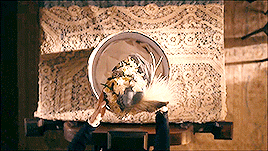
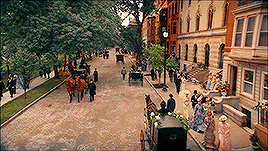



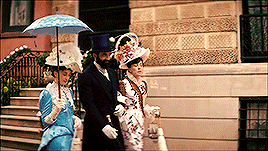


The Gilded Age - season 2, episode 1
#the gilded age#gilded age#thegildedageedit#perioddramaedit#perioddramagif#perioddramasource#weloveperioddrama#hboedit#tvedit#cinemapix#violaobanion#usernora#myedits*#mywork*
39 notes
·
View notes
Photo

Dressing Gown
1878-1879
United States
Peabody Essex Museum (Object Number: 133939)
#dressing gown#fashion history#historical fashion#1870s#gilded age#bustle era#1878#1879#19th century#united states#green#wool#silk#embroidery#floral#peabody essex museum#popular
8K notes
·
View notes
Text

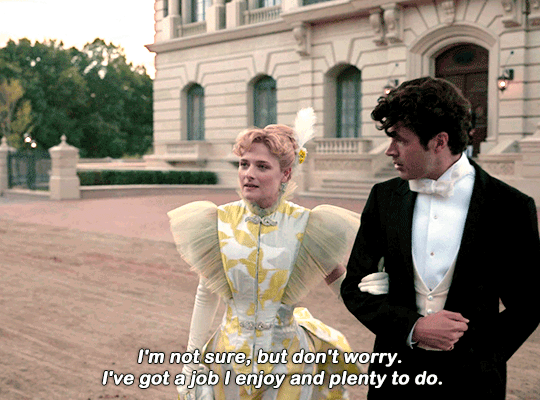
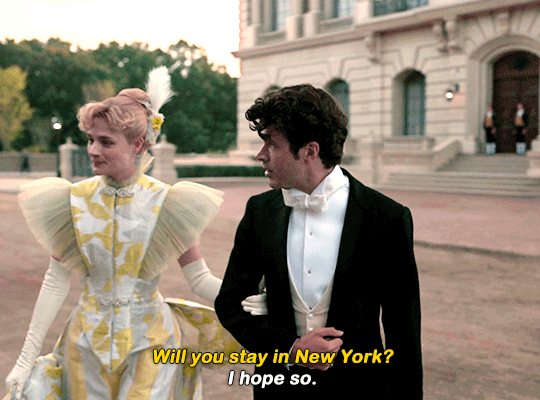
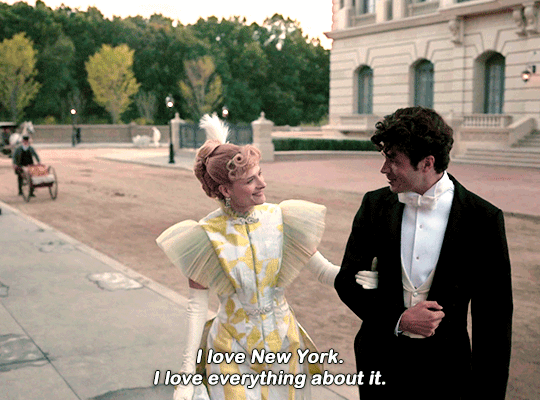

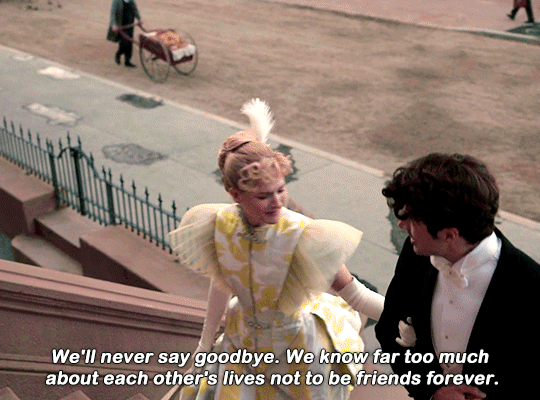



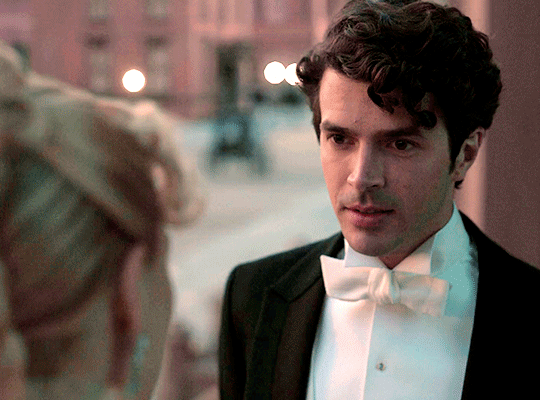
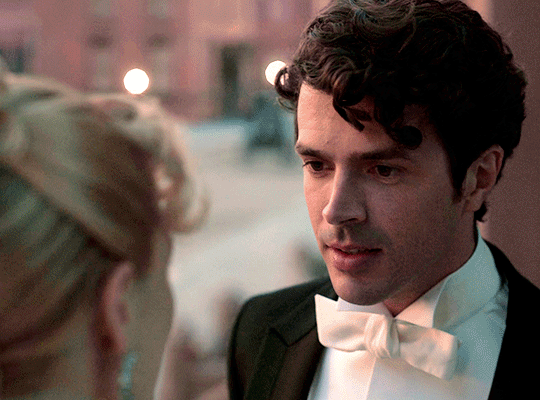
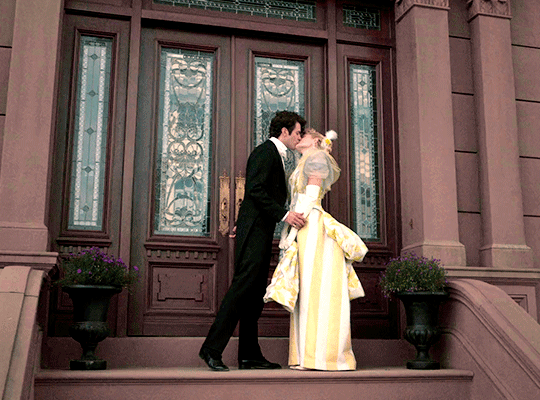
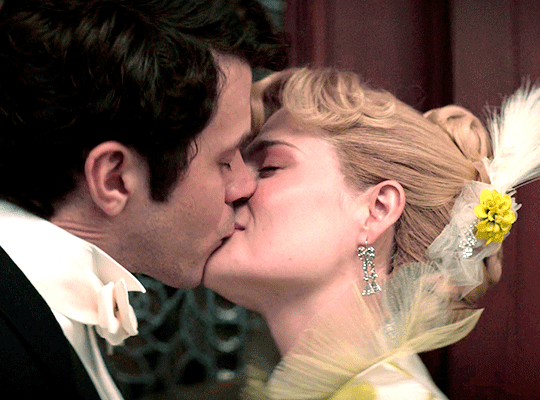


The Gilded Age || 2x08 || ... in which Marian gets her [italicized] "Oh." moment.
#marian brook#larry russell#the gilded age#thegildedageedit#gilded age#gildedageedit#harry richardson#louisa jacobson#mine#larry|marian#k plus#1k
1K notes
·
View notes
Text
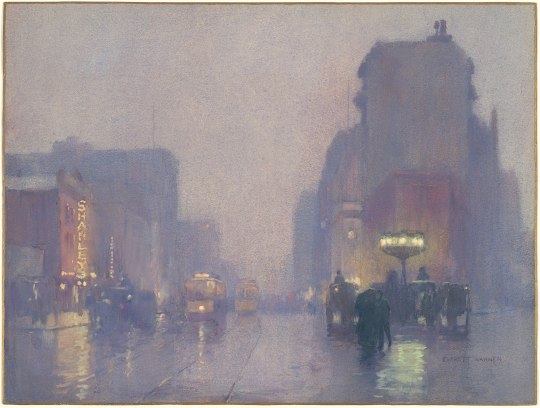
Broadway on a Rainy Evening, Everett Warner, 1901
#art#art history#Everett Warner#Everett L. Warner#cityscape#rain#rain scene#Broadway#New York#New York City#NYC#Old New York#Gilded Age#American art#20th century art#watercolor#gouache#pastel#National Gallery of Art#Corcoran Collection
1K notes
·
View notes
Text


Gilded Age Garden Set
This set is inspired by The Gilded Age tv series, based on the January CC poll. This will probably not be my last Gilded Age themed set, there are so many amazing hats and hairstyles! Enjoy :)
DOWNLOAD (Free)
#sims4cc#sims 4 historical#download#historical cc#maxis match#ts4cc#19th century#sims 4 hair#gilded age#late victorian#sims 4 hat
534 notes
·
View notes
Text
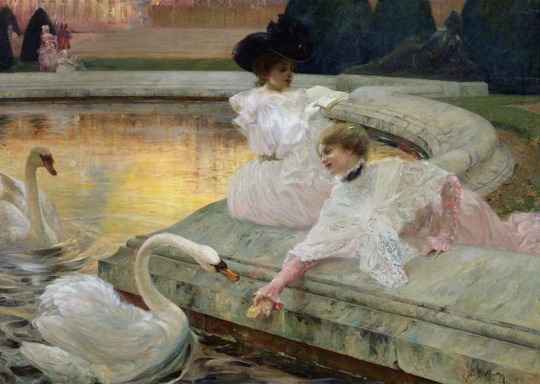
The Swans, Joseph Marius Alvy. 1900.
#aesthetic#art#art history#fashion#historical fashion#historical art#women in art#gilded age#edwardian aesthetic#victorian aesthetic#Edwardian/Victorian transition fashion#edwardian women#victorian women#1900s clothing#1900s art#1900s fashion#1900#swan#swans#women#pink aesthetic#sunset aesthetic
500 notes
·
View notes
Text
Etiquette of the Edwardian Era and La Belle Époque: Tea

This is a new set of posts focusing on the period of time stretching from the late 19th century to the early 20th Century right up to the start of WWI. I'll be going through different aspects of life. This series can be linked to my Great House series as well as my Season post and Debutant post.
Today will be focusing on the rules of tea with this time period.
Tea was a staple in society, not only as a comforting beverage but as a social gathering beset by strict rules. Etiquette at tea is not only important for guests but is a sign of respect to one's host.
High Tea vs Afternoon Tea
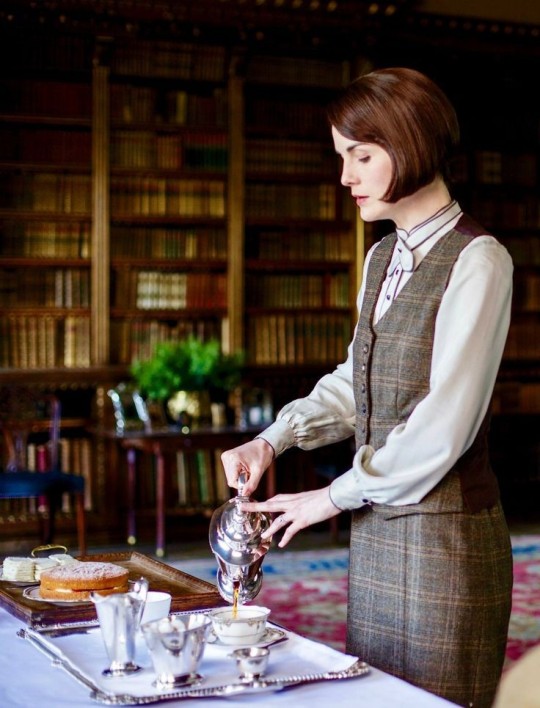
You're reading both terms and you're thinking high tea is the formal version and afternoon is informal. In fact, no. It is the opposite. High tea was actually served far later, about 6pm/7pm and focused on more savoury, substantial dishes. High tea was more of a lower class tradition, designed to fill the stomachs of hungry workers. The word "high" is derived from the tall tables used. Afternoon tea is served at 4pm, designed to fill the gap between lunch and dinner. Afternoon tea is served at low tables with all the guests seated and involve a lighter meal, more nibbles than anything.
Hosting and Attending Tea
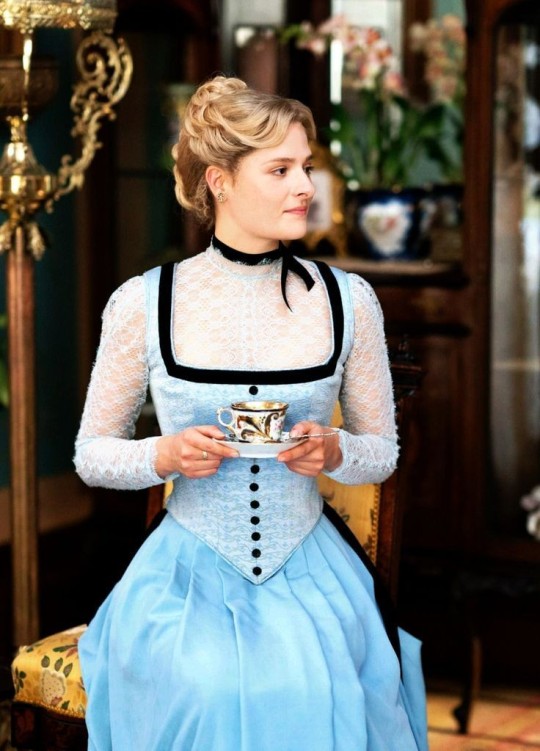
Tea is an event that happens every day, it's not an excuse for a snack, it's a ritual. One can have tea served in one's own home or at the home of a friend. One must be invited to tea, one can't just show up and expect to get fed. Tea was typically served in libraries or drawing rooms and done times outside in the gardens if weather permits. One had to dress for tea usually in comfortable but appropriate clothing. Men would wear suits, women would wear tea gowns or a simple gown - keeping their hats upon their head, if they are visiting. Tea was not poured by the footman but by the host or if it is a large party, by one assigned guest. The hostess or designated tea pourer would serve themselves last.
The Tea Set

Tea sets are highly coveted and much remarked upon at tea. One would usually inherit a service (that's what the collection was called) or be gifted it at one's wedding. Services would all match and most households had different kinds, the best usually reserved for important guests.
Teapot: the tea pot held the hot water and tea leaves was was usually made of china and decorated.
Cups: the cups were generally low, shallow.
Saucer: a small plate for the cup to rest on
Tea cannister: where dried tea leaves would rest until needed.
Sugar bowl: was a small container made of china with a cover to protect the sugar from moisture.
Milk jug: a container for the milk
Slop basin: was a porcelain dish used for disposing tea leaves left behind with the dregs of tea.
Tea spoon: small spoon used to stir tea
Side Plate: small serving plate used for food.
As you might have noticed, other than a tea spoon, cutlery is not listed. There would be a spoon for jam and a knife for a scone, most food was designed to be eaten with one's hands.
There is also one instrument not listed here and it's the most recognisable thing at afternoon tea.
The Tiered Tray

The tiered tray is a set of trays stacked upon one another holding on each one, a different course. Sandwiches and savouries were served on the bottom (Favourites include smoked salmon, cucumber, cress, egg salad sandwiches), scones on the second and sweeter delights served on the top (sponge cake, macaroons, pastries etc). One would begin ay the bottom and work one's way upward.
Making the Perfect Cup of Tea in the Edwardian Era/Belle Epoque/Gilded Age
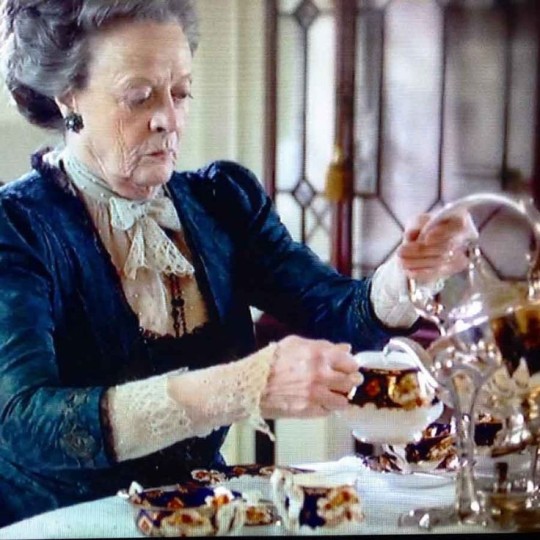
Disclaimers: Let's make one thing clear. Tea is not prepared one way for all. Tea is culturally important across the world and every culture has their own rules about how tea is consumed and served. There's no one right way.
I will be discussing the English way of brewing tea in this post.
As mentioned before, tea is held in a cannister before use. Tea leaves were added to the hot water and lightly stirred.
Controversially for most people, milk was commonly added first.
One would then set a strainer in one's cup, tilting the pot. The strainer will catch the leaves and leave your cup almost tea-pulp free.
With the tea added, one could add in sugar. The trick is not to make a show about it or be too loud. One simply should gently turn your spoon from the 6 o'clock position to the 12 o'clock position. Also, the spoon rests on the saucer when not in use and doesn't stay in your cup.
When drinking your tea, put your pinky down. That's an American myth. Simply lift your cup to you, lifting the cup to your mouth by the handle. Saucers are not lifted unless your cup is far away. Don't slurp it, there's plenty more where that came from.
Etiquette at Tea
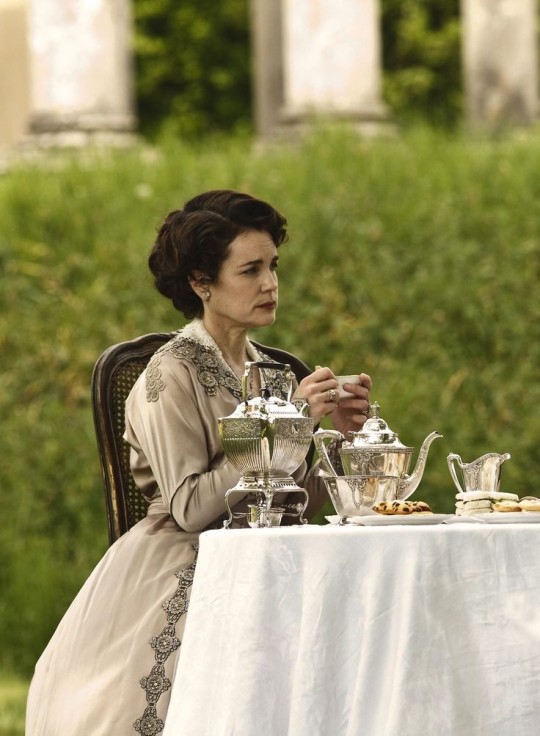
Afternoon tea is for light conversation, do avoid heavy topics.
Listen attentively when being spoken to.
Don't talk with your mouth full or stuff your mouth. Typically everything should be polished off with 2-3 bites.
Gloves should be removed at tea because one is eating with their fingers.
If one is leaving the table to go to the bathroom or a breath of air, simply turn to your neighbours and excuse yourself. No explanation needed.
Napkins should be removed from the table and set across one's lap when one is sitting down. When finished with tea, set it beside your plate before you rise.
Also you daub, not smear.
Don't cut your scone but break it.
Don't lick your fingers.
Don't bang the spoon on the side of the cup.
Also there's no dunking biscuits into your tea. It's just not done at afternoon tea.
Never thank the staff for fetching anything - or at very least, don't be overhead doing so.
Always say your goodbyes to the hostess and compliment the tea, even if you had a rubbish time.
Also most importantly, never criticise somebody else's manners. That's the height of rudeness.
#Etiquette of the Edwardian Era and La Belle Epoque#Tea#Afternoon tea#High tea#Tea party#Edwardian Era#Gilded age#Belle Epoque#writing resources#writing reference#writing advice#ask answered questions#writing advice writing resources#writers#writeblr#writing#writing research#Writing resources writing reference#Writing reference writing advice#Writing advice writing reference#Fantasy guide
672 notes
·
View notes
Text
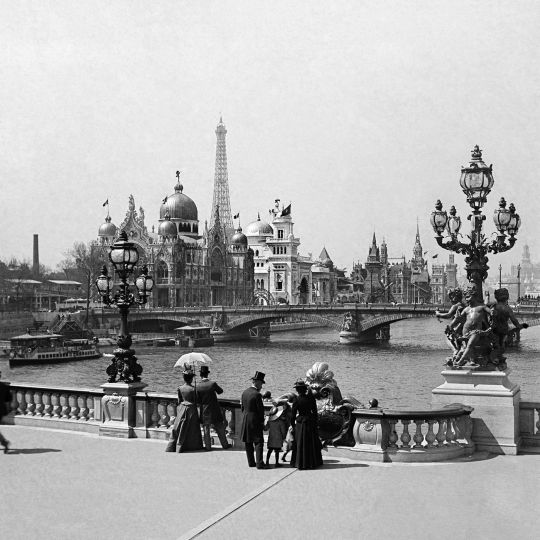
1900 Paris World's Fair.
Photo Léon & Lévy.
#belle epoque#belle époque#gilded age#victorian era#victorian#antique photography#antique#1900s#circa 1900#early 1900s#paris#history#black and white photography#black and white
421 notes
·
View notes
Video
youtube
From Robber Barons to Bezos: Is History Repeating Itself?
Ultra-wealthy elites…Political corruption…Vast inequality…
These problems aren’t new — in the late 1800s they dominated the country during America’s first Gilded Age.
We overcame these abuses back then, and we can do it again.
Mark Twain coined the moniker “The Gilded Age” in his 1873 novel to describe the era in American history characterized by corruption and inequality that was masked by a thin layer of prosperity for a select few.
The end of the 19th century and start of the 20th marked a time of great invention — bustling railroads, telephones, motion pictures, electricity, automobiles — which changed American life forever.
But it was also an era of giant monopolies — oil, railroad, steel, finance — run by a small group of men who had grown rich beyond anything America had ever seen.
They were known as “robber barons” because they ran competitors out of business, exploited workers, charged customers exorbitant prices, and lived like royalty as a result.
Money consumed politics. Robber barons and their lackeys donated bundles of cash to any lawmaker willing to do bidding on their behalf. And when lobbying wasn’t enough, the powerful turned to bribery — resulting in some of the most infamous political scandals in American history.
The gap between the rich and poor in America reached astronomical levels. Large numbers of Americans lived in squalor.
Anti-immigrant sentiment raged, leading to the enactment of racist laws to restrict immigration. And voter suppression, largely aimed at Black men who had recently won the right to vote, was rampant.
The era was also marked by dangerous working conditions. Children often as young as 10, but sometimes younger, worked brutal hours in sweatshops. Workers trying to organize labor unions were attacked and killed.
It seemed as if American capitalism was out of control, and American democracy couldn’t do anything about it because it was bought and paid for by the rich.
But Americans were fed up, and they demanded reform. Many took to the streets in protest.
Investigative journalists, often called “muckrakers” then, helped amplify their cries by exposing what was occurring throughout the country.
And a new generation of political leaders rose to end the abuses.
Politicians like Teddy Roosevelt, who warned that, “a small class of enormously wealthy and economically powerful men, whose chief object is to hold and increase their power,” could destroy American democracy.
After becoming president in 1901, Roosevelt used the Sherman Antitrust Act to break up dozens of powerful corporations, including the giant Northern Securities Company which had come to dominate railroad transportation through a series of mergers.
Seeking to limit the vast fortunes that were creating a new American aristocracy, Congress enacted a progressive income tax through the 16th Amendment, as well as two wealth taxes.
The first wealth tax, in 1916, was the estate tax — a tax on the wealth someone accumulated during their lifetime, paid by the heirs who inherited it. The second tax on wealth, enacted in 1922, was a capital gains tax — a tax on the increased value of assets, paid when those assets were sold.
The reformers of the Gilded Age also stopped corporations from directly giving money to politicians or political candidates.
And then Teddy Roosevelt’s fifth cousin — you may have heard of him — continued the work through his New Deal programs — creating Social Security, unemployment insurance, a 40-hour workweek, and requiring that employers bargain in good faith with labor unions.
But following the death of FDR and the end of World War II, when America was building the largest middle class the world had ever seen — we seemed to forget about the abuses of the Gilded Age.
Now, more than a century later, America has entered a second Gilded Age.
It is also a time of extraordinary invention.
And a time when monopolies are taking over vast swathes of the economy, so we must renew antitrust enforcement to bust up powerful companies.
Now, another generation of robber barons is accumulating unprecedented money and power. So once again, we must tax these exorbitant fortunes.
Wealthy individuals and big corporations are once again paying off lawmakers, sending them billions to conduct their political campaigns, even giving luxurious gifts to Supreme Court justices. So we need to protect our democracy from Big Money, just as we did before.
Voter suppression runs rampant in the states as during the first Gilded Age, making it harder for people of color to participate in what’s left of our democracy. So it’s once again critical to defend and expand voting rights.
Working people are once again being exploited and abused, child labor is returning, unions are busted, the poor are again living in unhealthy conditions, homelessness is on the rise, and the gap between the ultra-rich and everyone else is nearly as large as in the first Gilded Age. So once again we need to protect the rights of workers to organize, invest in social safety nets, and revive guardrails to protect against the abuses of great wealth and power.
The question now is the same as it was at the start of the 20th century: Will we fight for an economy and a democracy that works for all rather than the few?
We’ve done it before. We can — and must — do it again.
621 notes
·
View notes
Text

Portrait of Madame Josephina Alvear de Errazuriz | 1892
Giovanni Boldini
#giovanni boldini#portrait#women in art#victorian era#gilded age#swish#genre painting#art#painting#oil on canvas#19th century#1890s#yellow#striped dress#💮💮
200 notes
·
View notes
Text
This gilded age girl is Agnes. Yesterday I made in Arts and Crafts Movement moth. Today I decided to go Art Deco ✨
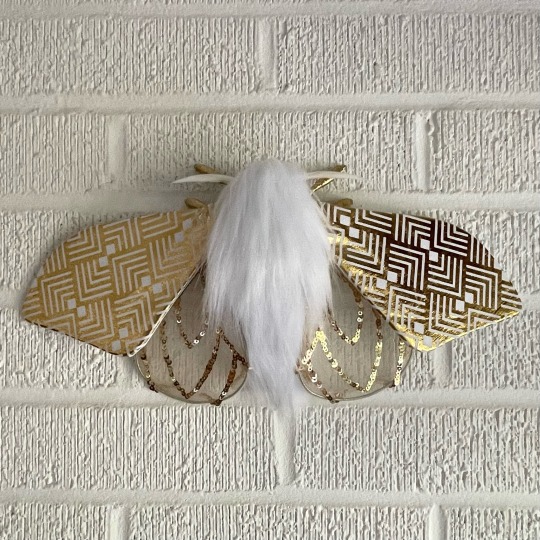


417 notes
·
View notes
Text

Bed frame
c.1880
Indianapolis Museum of Art (Accession Number: 80.10A-M)
#bed frame#furniture#fashion history#art history#1880s#victorian#gilded age#1880#19th century#indianapolis museum of art#i love when furniture has no chill
718 notes
·
View notes
Text


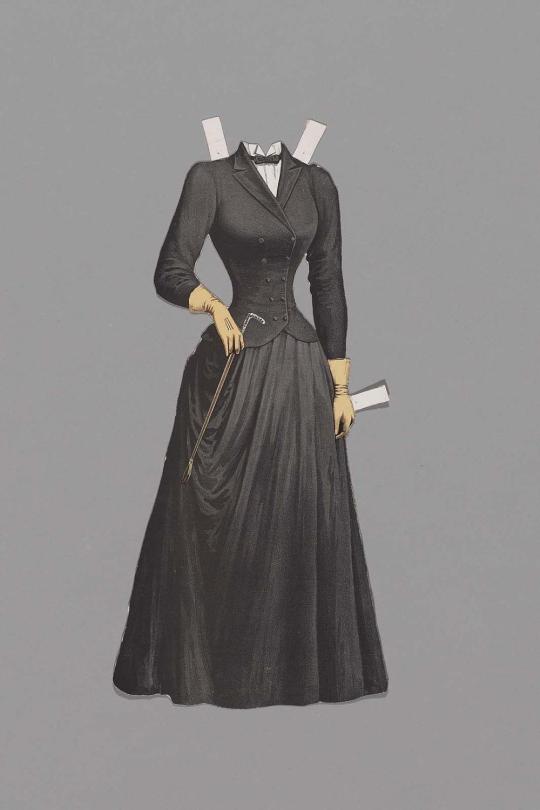

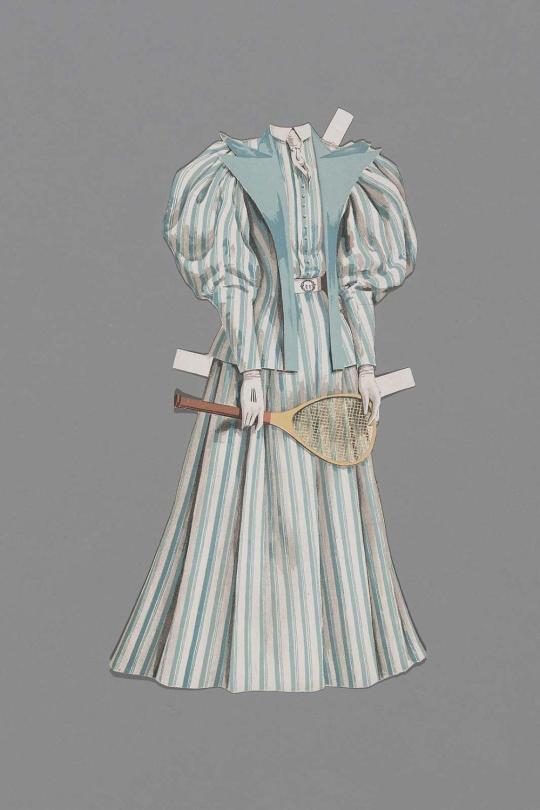
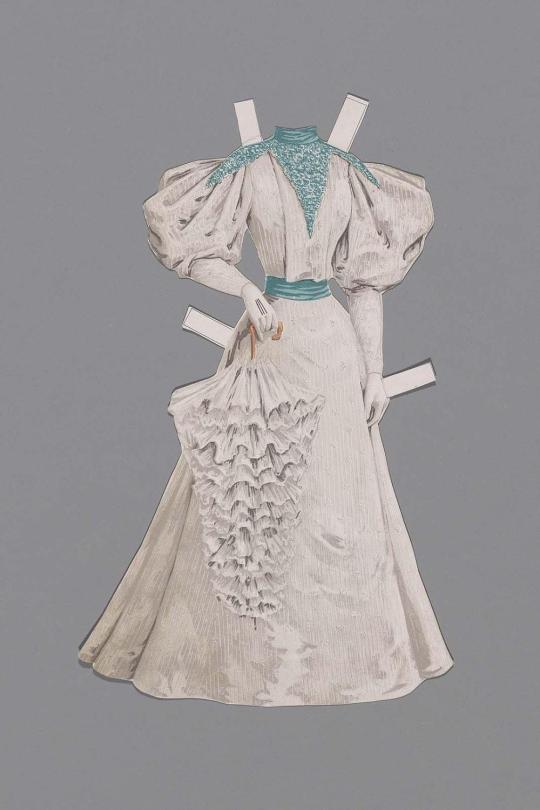
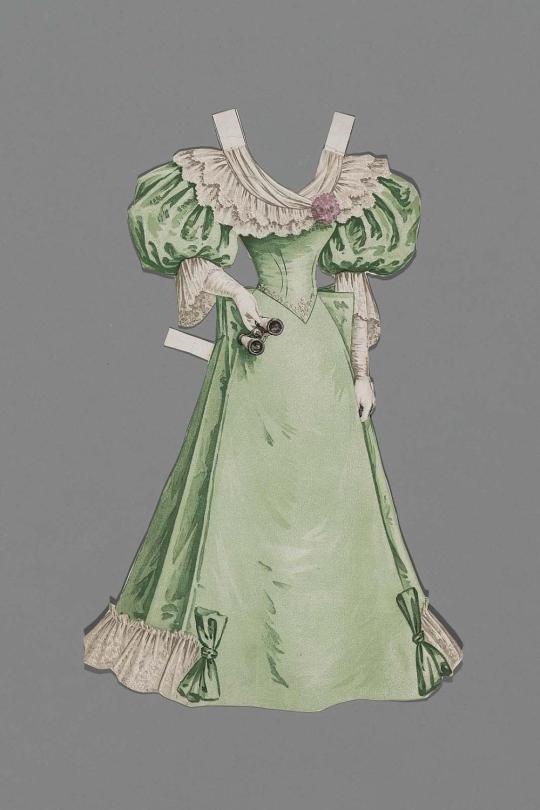

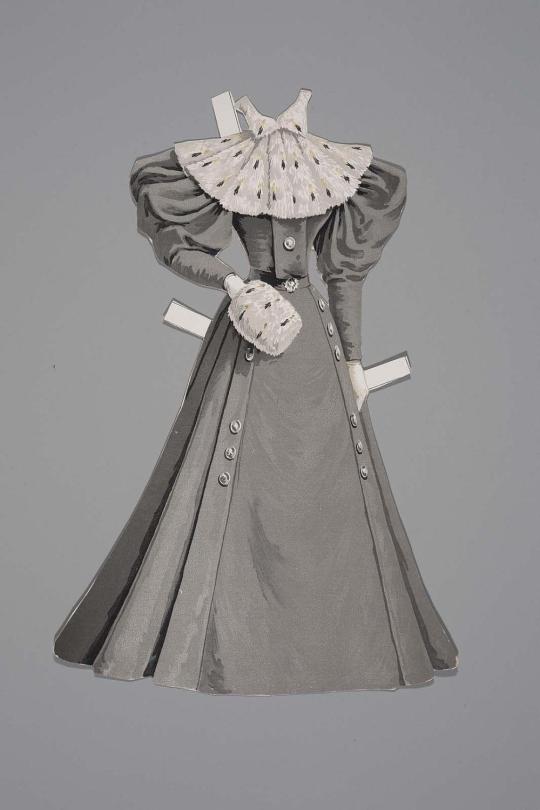
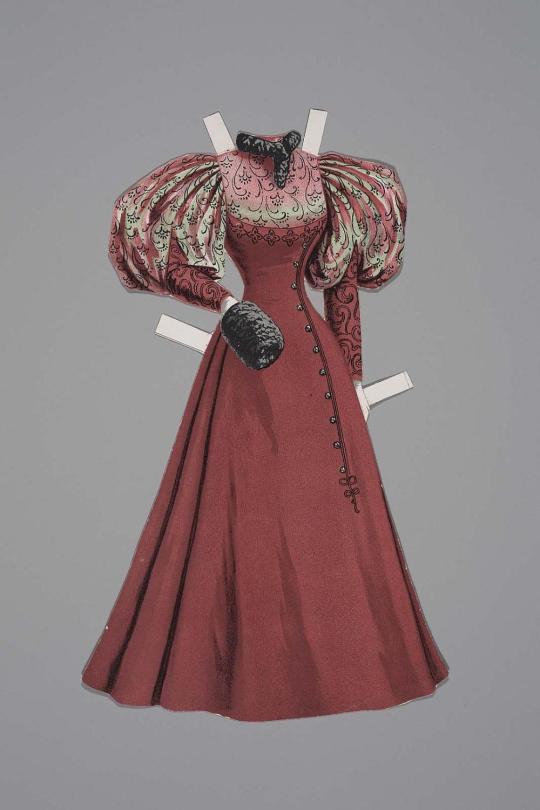
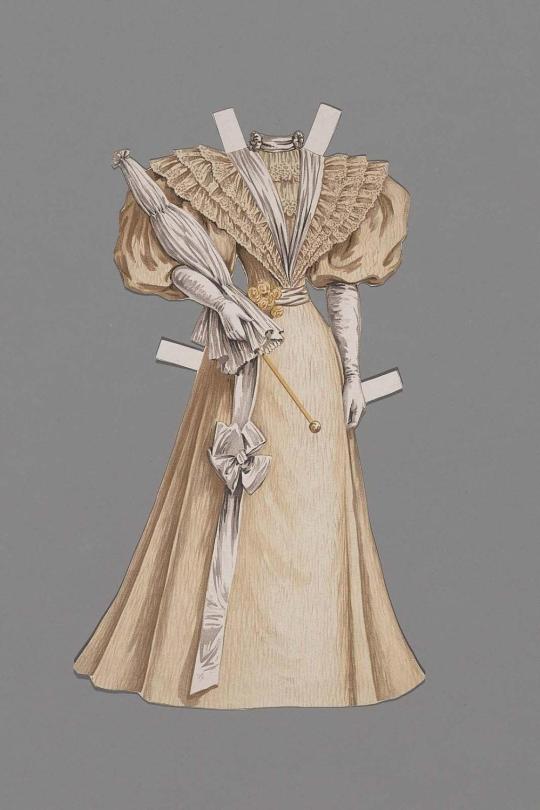
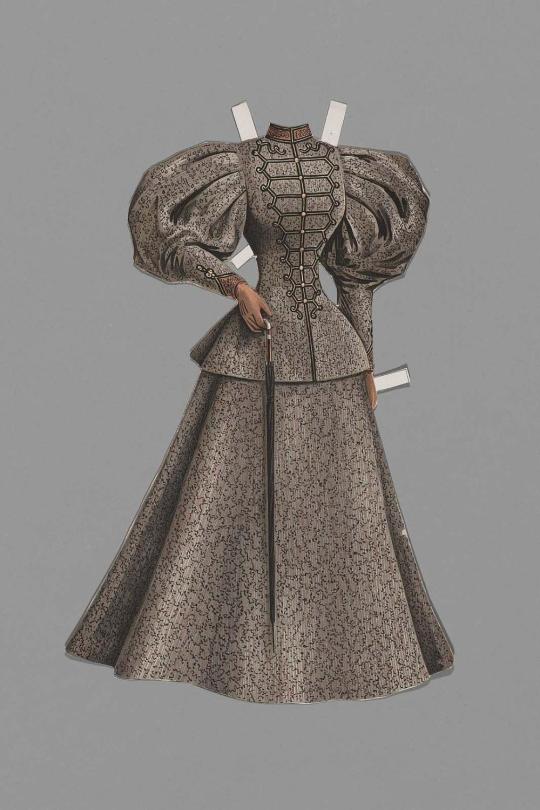
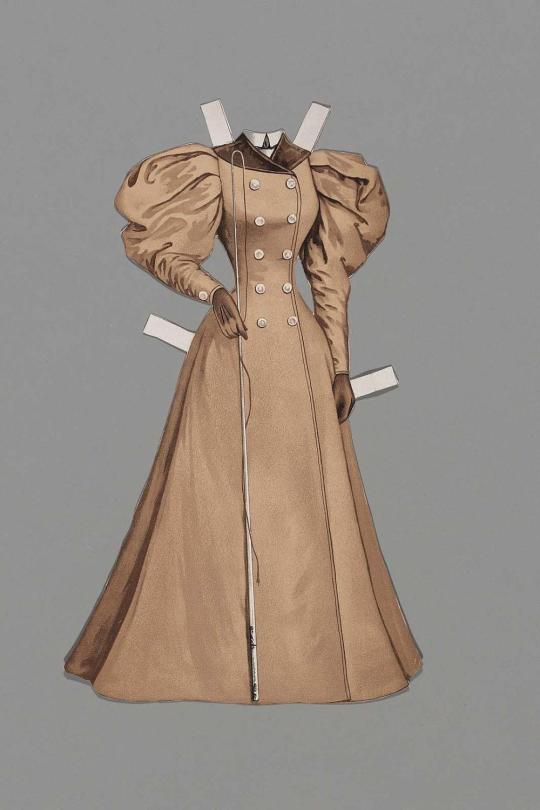
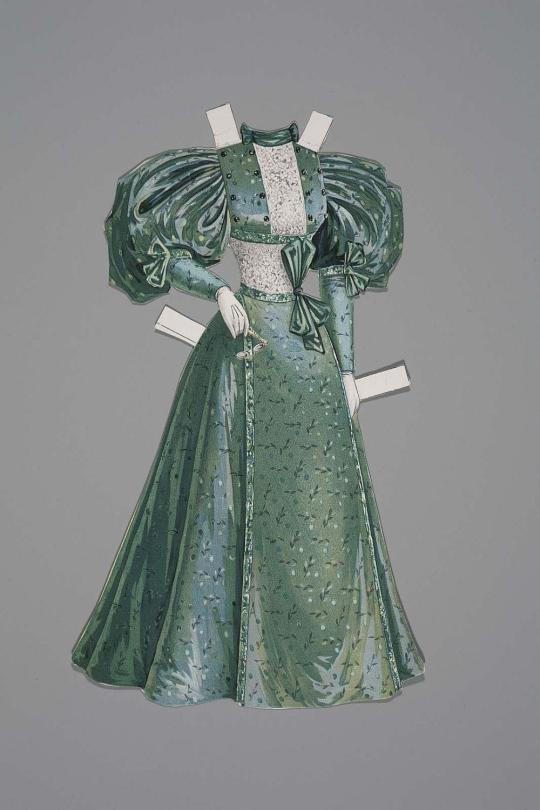

Paper doll with dresses, 1895. G. H. Buek & Co., USA. Via MFA Boston.
Paper fashion dolls and their wardrobes offer us a unique opportunity to see the breadth of a wardrobe for a person from a single year. Beginning with the doll itself that is dressed in chemise, short petticoat, and corset, this series shows everything correct for day, afternoon and evening, as well as outfits for sport and seaside use. Such paper dolls would not only be a toy, but also a tool to learn about what was socially correct. Via Attire’s Mind
416 notes
·
View notes
Text
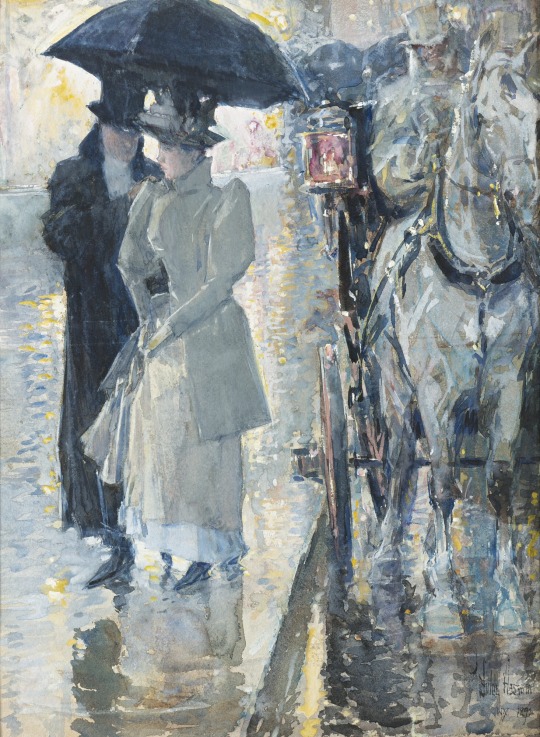
Rainy Day, New York, Childe Hassam, 1892
#art#art history#Childe Hassam#genre painting#genre art#rain scene#New York#Old New York#Gilded Age#Impressionism#Impressionist art#American Impressionism#American art#19th century art#watercolor#private collection
249 notes
·
View notes
Text

Portrait of Rose Caron, Auguste Toulmouche. 1880.
#aesthetic#art#art history#victorian#fashion#historical fashion#victorian aesthetic#historical art#women in art#gilded age#the gilded age#gilded age fashion#1880s fashion#women#women’s fashion#1880s dress#pink dress#pink aesthetic#pink gown#1880#pink#pinks#pastel pink#bows#pink bows#historic fashion
519 notes
·
View notes
Text
Fantasy Guide to A Great House (19th-20th Century)
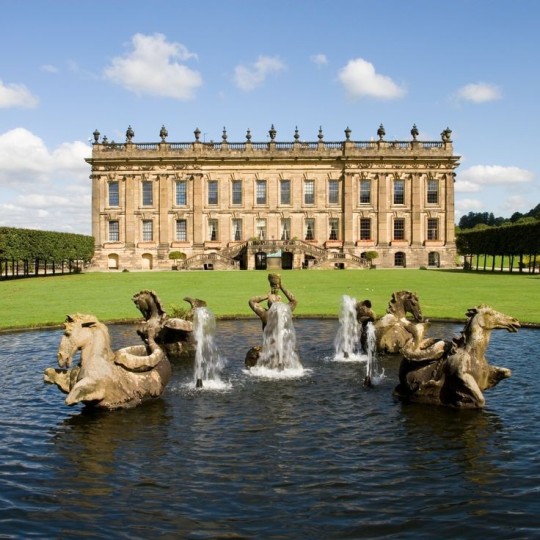
(I know, I've been slacking but I'm still alive)
When we think of the Victorians, the grand old Gilded Age or the Edwardians, we all think of those big mansions and manors where some of our favourite stories take place. But what and who did it take to run a great house?
Meet the Staff

Large numbers of staff were always needed to run great houses. Every department had its own management and its own teams, all working together to ensure everything ran smooth. There was both an interior and exterior team.
Interior
You can split the interior of the household into three departments: Service, Upkeep and Food Preparation.
Service
Butler: The Butler was the Head of all the household staff. He acted essentially as the manager of a great house, directing the staff on a day to day basis or at events on the command of the lord/lady/employer. Make staff would report mostly yo him and he would be in charge of keeping an eye on them. The Butler had charge of the wine cellars, the dining room, sometimes the pantry as well. As the manager of the house, Butlers were afforded the title of Mr. X. Our favourite examples being of course Mr Carson and Mr Pennyworth.
Valet: The valet was the male servant who handled the dressing of the men of the family. He would be in charge of his master's clothes, ensuring he was always dressed in the right outfit for the right activity (there was a lot) and be in charge of helping him into the outfit in question. The valet would also be in charge of cleanliness, sometimes shaving his master or running his bath. Valets were referred to as Surname and ranked in how their employer's ranked, for example the Lord’s valet would outrank his son's.
Lady's Maid: The lady's maid was similar to the valet. She was in charge of keeping the ladies of the house looking their best and handling their needs. She would style hair, care for jewels, mend clothes, care for clothes and often act as a companion, accompanying her lady on visits or day's out. The lady's maid was referred to by their surname.
Footman: The footman was a male servant who served at table, fetched items, handled heavy lifting such as luggage, opened and closed doors. Most footmen were young men and en chosen for good looks. Footmen polished the silver services at great houses and when called upon would often take on the role of valet to guests without a servant to help. Footmen were referred to as their firstname. Footmen were denoted by rank, the highest being first footman who had charge over the others and would assist the butler in some tasks.
Upkeep
Housekeeper:The housekeeper was second in command but she ran her most of the interior staff, especially those who took care of the house itself. She supervised all female staff. She helped the lady of the house when it came to running events and caring for guests. The housekeeper is always Mrs. Surname even when she's unmarried.
Housemaid: Housemaids clean the house. They would dust, make and strip beds, straighten things up and keep the house looking it's best. The housemaid was a servant that was almost never seen, usually rising early, lighting the fires, cleaning the house as the family moves from room to room. She was called by her Firstname.
Scullery Maid: The scullery maid is the lower ranking maid. She would also have been younger and less experienced. She was in charge of the more unsightly work: laying the fires, scrubbing the floors, emptying chamberpots, cleaning servant's chambers. She may even do mending and washing for other servants. She was called by her first name.
Hall boy: The hall boy was also young and handled the worst jobs. He would polish boots belonging to the family and sometimes staff, cempty the servant's chamberpots and waited on on the higher ranking servants. He was called by his name.
Food Preparation
Cook: The cook or chef was the third highest ranking servant downstairs and they ran their own department. They were in charge of the kitchen staff. All cooks and chefs would meet almost daily with the lady of the house to discuss menus and ordering but would answer to both housekeeper and butler. As with the housekeeper, a female cook or chef is Mrs Surname despite martial status and make cooks/chef are Mr.
Kitchen maid: The kitchen maid helped the cook/chef in preparing the food. She would be one of the first servants up, in charge of lighting the ovens and starting the breakfast for the family and servants. She would clean the kitchen, boil water when needed and bring food up to the servery when needed. She would be called by her first name.
Exterior
The house would needed a team on the outside to handle the stables, the gardens and any outdoor activity.
Gardeners: They would be responsible for the upkeep of the grounds itself, caring for the gardens. There would be multiple at a great house led by a head gardener.
Stableboy/groom/kennelmaster: They would take care of the family's horses and dogs. They would take care of tack, help plan hunts and riding pursuits and handle carriages.
Chauffeur: As automobiles became popular in this period, a chauffeur was needed to drive the family and take car of their motor.
Lives of Servants

Servants were paid very little at this time, mainly because most staff got free room and board. Most of the interior staff would live in the house itself and be supplied meals. Chauffeurs, gardeners etc would live nearby on the estate either as locals or be supplied a house as a staff member. Staff uniforms were also supplied. Days off were rare but not withheld. Permission was needed to leave the house either to visit the shop or take a few days off.
Servants were expected to be obedient, modest and humble at all times. They were expected to stand in the presence of their master's, speak only when spoken to and never question an order. They had to be ready for anything at the drop of a hat. You've set for a dozen guests but now there's five more coming? Tough luck, change the table settings. You get seasick? Nevermind that, your gentleman is going across the sea and as his valet you're going with him, like it or not.
Servants from one house often travelled to with the family to their other residences: the butler, footmen, chef, kitchen maids, lady's maid, valet would all go with the family while everybody else would get left behind. Every house would have its own housekeeper if it could be afforded. Housemaids and other staff needed could be hired locally when needed.
The Daily Routine
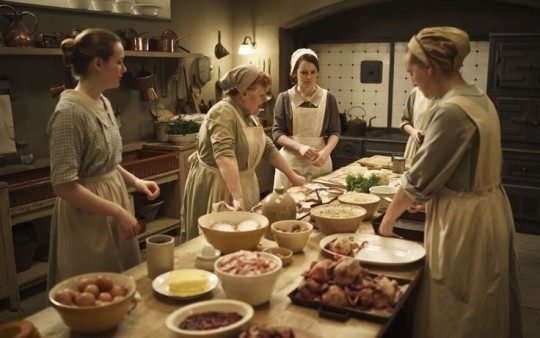
The working day of a servant in a grand house was a long arduous one.
Morning: At 6am, the servants rise. The scullery maid gets up and begins lighting the fires, starting with the kitchen. Then she cleans the kitchen top to bottom before the staff get in to cook. The kitchen maid would rise at the same time, helping with the cleaning. She would set for the servant's breakfast and start cooking it. The footmen open the shutters upstairs, cleans whatever tools they will need such as glasses and silverware, tend the lamps and sets for breakfast upstairs. The housemaids go about the house cleaning up after the night before, starting in the rooms that aren't being used (any room that's not the bedrooms). At around 8, the cook rises and starts the day. The kitchen maid serves breakfast to the other servants before returning to the kitchen to eat her own breakfast with the other kitchen staff. After breakfast, the housemaid will change her apron and deliver hot water to each of the bedrooms for the family. At 9, the family rise. Married women have breakfast in bed with all other family members and visitors eating in the dining room. Valets and lady's maids would have dressed them prior, gathering up any clothes to be mended or washed. The footmen and butlers will serve while the housemaids go into each empty room and begin their chores.
Midday: Just before midday, the chef would speak with the lady of the house to discuss menus. At around 11, the staff were permitted their first break, just enough time for a drink usually a cup of tea before they started again. The chef would start preparing for the main dinner of the evening with the lady's approval. Footmen would take their places at entrances or attend the family where he may be needed. At noon, the servants would have their dinner. At 1, the family would sit for their lunch. Once lunch is over, a footman might be permitted to attend personal business (with permission from the butler first) or be sent on errands out of the house such as delivering messages. While the family sit for breakfast, the maids tidy up any room they have been using since getting up.
Afternoon: The family take tea around 4. The footmen clear the tea before heading down to take their tea - a light meal- with the other servants around 5. Afterwards, the footmen will start to light the lamps, close the shutters and draw the curtains. The butler would oversee the laying of the table for dinner with the footmen. The first footman carries the silver, the second the china, while the butler sets the silver and glasses. If a guest is coming, a footman will remain on the door to see them in.
Evening: At 8, the footman or butler signals the start of supper. This is done by the rinibg of the gong or bell which gives the family and any staying guests, 15mins or more to get ready. Valets and lady's maids would already be upstairs at this point, helping their master/mistress. When the family head downstairs, they linger in the drawing room to chat while a footmen keeps an eye on them. Any guests visiting for dinner would be let in by a footman and announced upon entry. The butler announces dinner and escorts the family in. The footman serve the food while the butler pours the wine (chosen by the Lord with the butler's help). The footman stay in the dining room all throughout dinner, excepting when they go to the servery to collect the food from the kitchen maid. They serve and clear the plates for every course. When dinner is over, a footman will stay with the men while they drink their port while another serves the ladies their coffee in the drawing room. While dinner is on, the housemaid would tidy the empty rooms, check the fires and turn down the beds. At 9, the servants eat their supper while the family chill. When supper is over and the family is done for the night, the valets and lady's maids would ready their masters for bed. A footman would wait in the hall with candlesticks for the family and show any departing guest out. The kitchen staff would start to clean up while the butler starts locking up the house. The staff would get to bed about 11:30 - 12.
#Fantasy Guide to A Great House#Guide to A Great House part 1#Staff#Employment#Historical reference#Writing reference#writeblr#Writing help#Writers guide#Writing research#writers resources#writing resources writing advice#Writing advice#19th century#20th century#Edwardian#Gilded age#Victorian era
2K notes
·
View notes